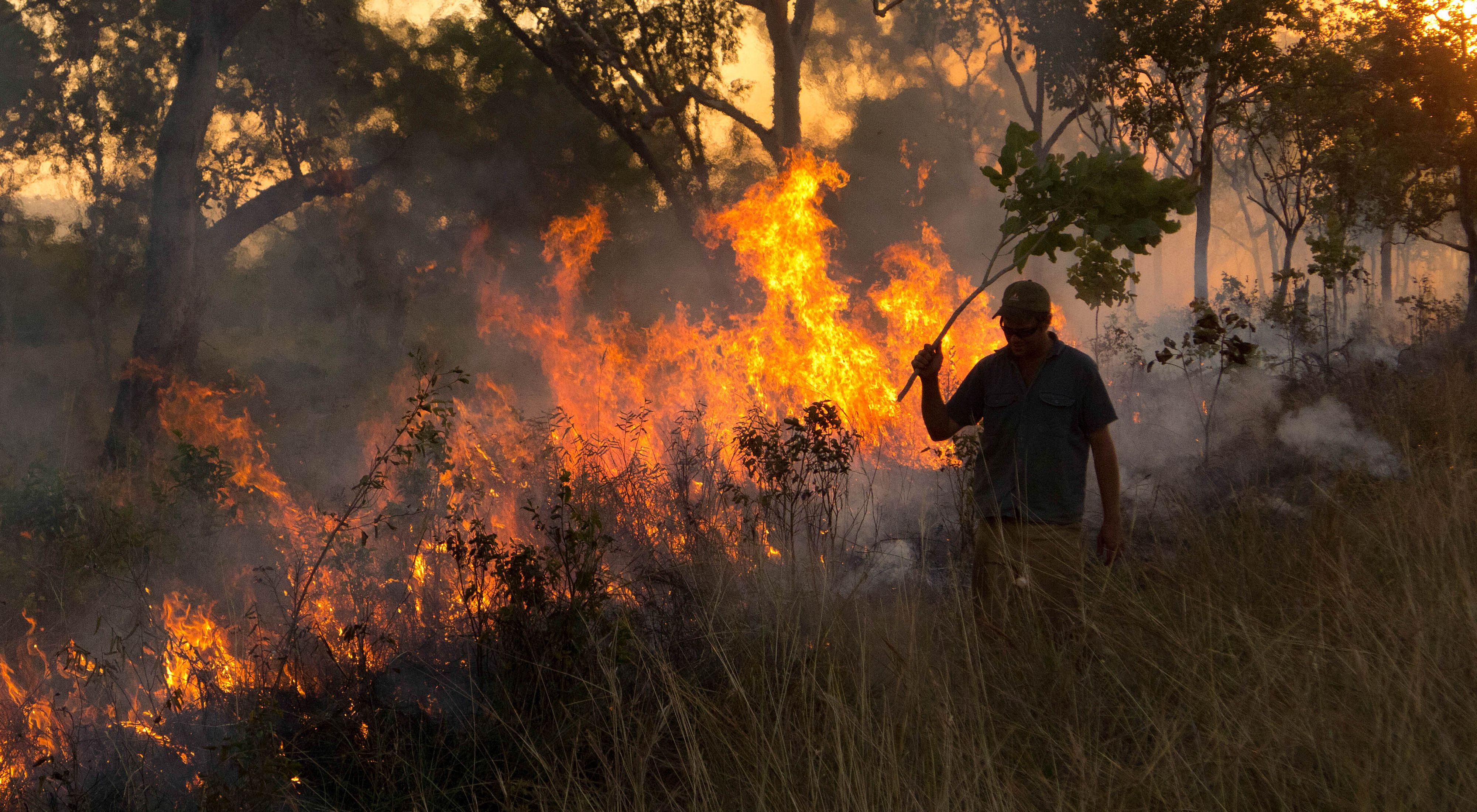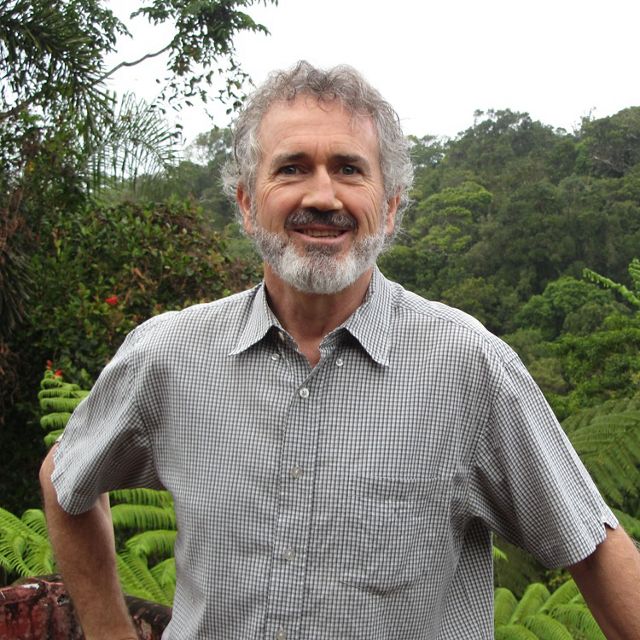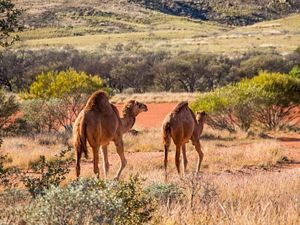Fighting Fire With Fire
Using Indigenous-led controlled burning to assist in wildfire reduction, habitat regeneration and greenhouse gas abatement.
Using Controlled Fire to Fight Fire
As climate change continues to intensify natural disasters, including floods and fire that decimate vast swathes of landscape across the globe, many scientists and researchers are turning to traditional methods to reduce natural disasters brought on by climate change.
An example of this is occurring in northern parts of Australia, where Indigenous Australians have traditionally used controlled burning to manage plant and animal resources and to maintain the health of their cultural and natural assets for millennia. Australia’s native flora and fauna evolved to live with fire, and many species rely on these small, cooler managed fires to create the right habitat for survival.
However, with European settlement and a change to the traditional Indigenous way of life, ‘cool burning’ was interrupted. Without smaller, controlled fires in the cooler months of the early-mid dry season, dry grass builds up and provides fuel for much bigger wildfires, often caused by lightning strikes in the hot late dry season and the build-up to the monsoon. These hotter, larger fires tend to be more intense and larger in scale, resulting in a devastating effect on vegetation and animals in their path, whilst releasing huge volumes of greenhouse gases such as methane, nitrous oxide and carbon dioxide into our atmosphere, which contribute to the rise in global temperatures.

An aboriginal ranger starts an early dry season controlled burn on the Arnhem Land of Australia's Northern Territory.
Controlled Burning Cuts Net Greenhouse Gas Emissions
Indigenous-led controlled burning protects wildlife, reduces greenhouse gas emissions, increases sequestered carbon in the landscape and strengthens Indigenous culture. In northern Australia, The Nature Conservancy (TNC) supports our Indigenous partners to combine cutting-edge fire science with traditional ecological knowledge in order to manage their lands with fire—usually in line with broader environmental and cultural objectives set through Healthy Country Planning. Mosaic burning—creating a patchwork of burnt and unburnt areas in a landscape—early in the dry season also maintains habitat for small mammals, birds and other native species.
Since TNC helped establish one of the first savanna-burning carbon projects in 2012, Indigenous enterprises have expanded significantly. Registered Indigenous-led savanna-burning carbon projects now cover 22 million hectares of Indigenous land and achieve more than one million tonnes of emissions reduction each year. Carbon credits from savanna-burning projects are calculated by comparing the annual emissions generated during a given year of the project with the project area’s average annual emissions during the ‘baseline’ years prior to the start of the project.
The sale of the resulting carbon credits issued by the Australian Government can help fund the resource-intensive and costly continuation of these large-scale, remote projects and now generates over AUD$50 million of revenue for Indigenous organizations annually. We have observed an increase in jobs in carbon project areas and our partners have reported better ability to access and manage their lands. Additionally, positive cultural impacts have been consistently evidenced through these projects.

Carbon reduction achievements
Since the start of this program, TNC has helped Indigenous communities abate greenhouse gas emissions equivalent to 8 million tonnes of carbon dioxide. That's equal to taking about 1.7 million cars off the road.

Continuing Carbon Projects in Northern Australia
TNC continues to help Australia’s Indigenous communities successfully plan, prepare for and register savanna-burning carbon projects. We are also working with Indigenous partners to build their capacity for long-term, sustainable management and governance of these projects in line with their aspirations for Country.
First, we work with partners on the expansion of savanna-burning carbon projects including into the lower-rainfall areas. We also support the development and adoption of new methodologies that will more accurately reflect abatement achieved through savanna-burning by accounting for sequestration, resulting in the issuance of an increased number of carbon credits and greater revenue from savanna fire management projects.

We are also strengthening collaboration across the Indigenous carbon industry by supporting coordination and leadership through the Indigenous Carbon Industry Network (ICIN).
Lastly, TNC works with Indigenous partners on documenting and communicating the story of savanna-burning projects.
We would like to acknowledge the Traditional Custodians of the Land we help to conserve, and we pay our respects to the Elders both past, present, and emerging.




